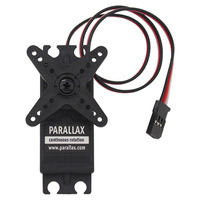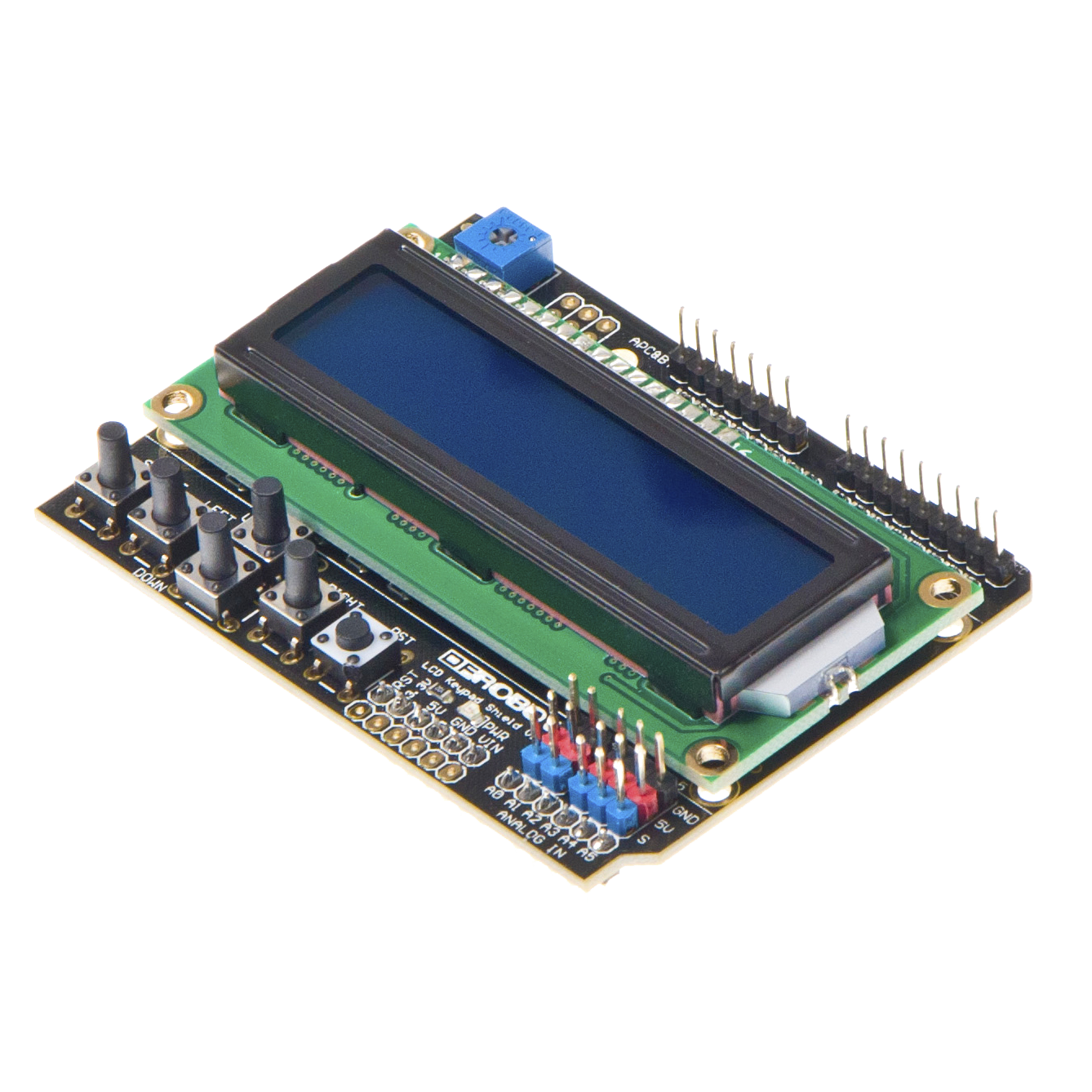In this drawing I have added an index showing the flaps position.
As said in the last article, normally the position is given by FSX and not by the real position of the flaps. But for more facility, the position of the rotary encoder could give the signal position to the index servo. In this way you can save an Arduino output.
The servo used is a TowerPro SG92R, you can find many way to interface this one with Arduino on the net.
You must provide the space occupied by the servo during the implantation in the instrument panel.
Some parts can be made with a 3D printer , the hardware used is a standard ISO.
Here you are an exploded view
As said in the last article, normally the position is given by FSX and not by the real position of the flaps. But for more facility, the position of the rotary encoder could give the signal position to the index servo. In this way you can save an Arduino output.
The servo used is a TowerPro SG92R, you can find many way to interface this one with Arduino on the net.
You must provide the space occupied by the servo during the implantation in the instrument panel.
Some parts can be made with a 3D printer , the hardware used is a standard ISO.
Here you are an exploded view















